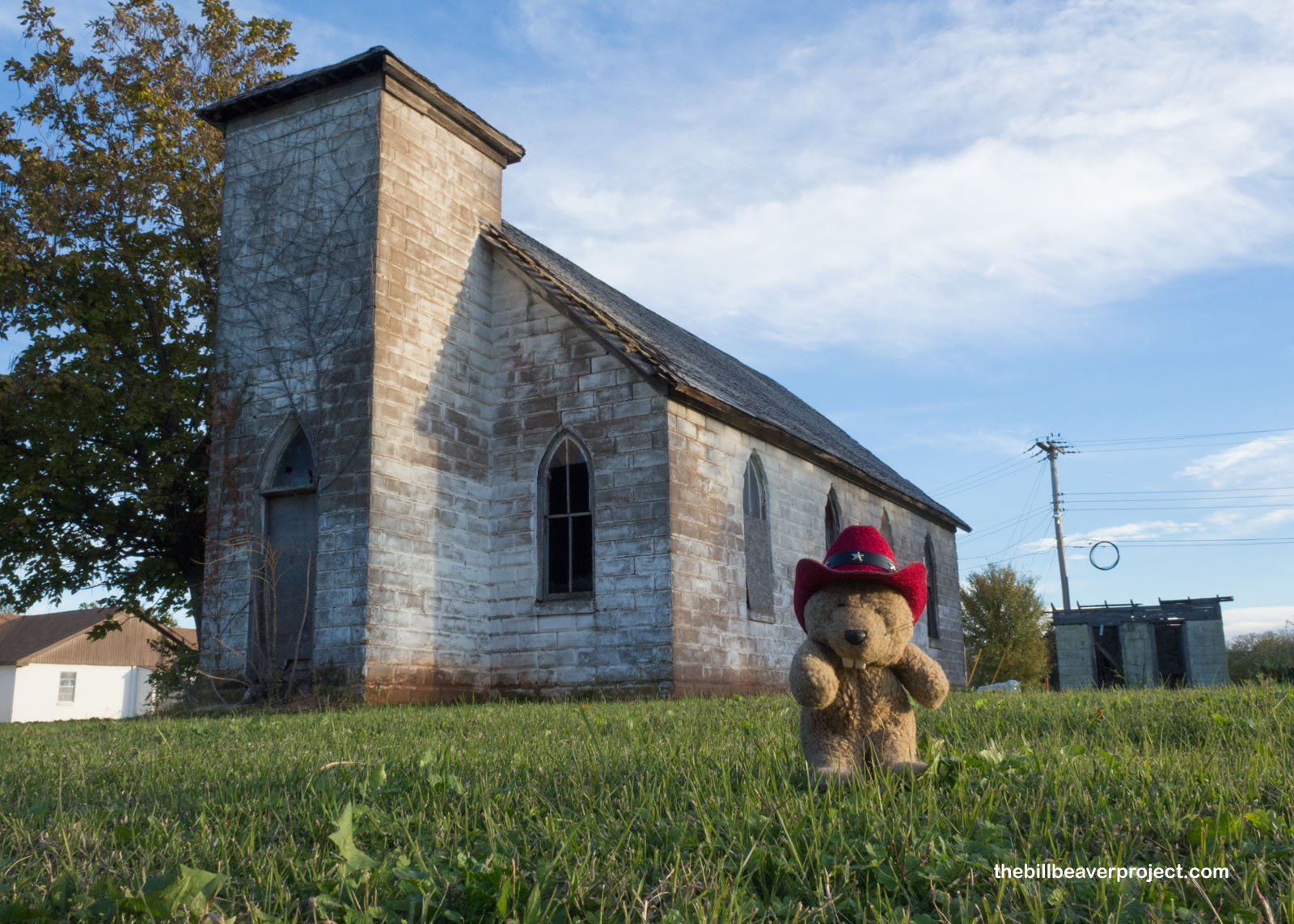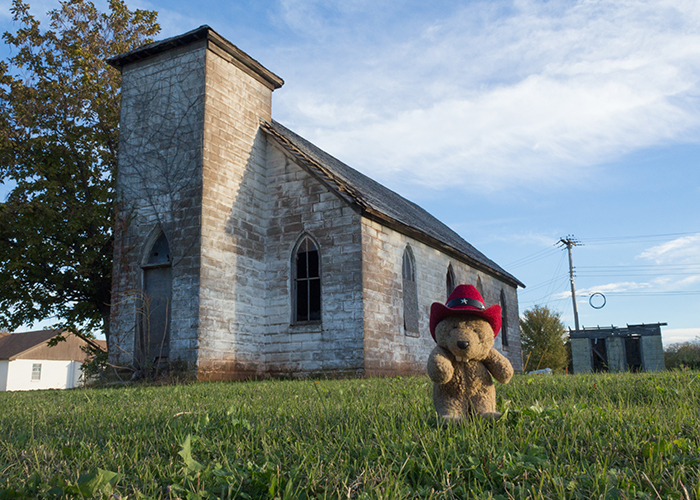| What makes it historical? |
When Anadarko was founded, the town held an auction in August 1901 to determine who would own the new plots of land. About a hundred African-Americans participated in this auction and settled in Anadarko, strictly segregated to the northeast of the railroad tracks splitting the town. The territory and state of Oklahoma didn’t give African-American folks a whole lot of say in how things were run, but within their own church congregations, they could have a sense of both meaning and autonomy!
Already active in Indian Territory, the Methodist and Baptist denominations had a strong presence in the area, and the surviving churches from their era are some of the best glimpses into what their lives were like. From churches came movements like the Civil Rights Movement! This particular church was built in 1911, then burnt and was rebuilt from concrete blocks in 1914! Services were held here all the way until 1963, when the congregation moved to a newer, bigger building! Beyond its significance within the local African-American community, this church is an excellent example of the type of church that sprung up at the birth of new towns across America! |




I saw a church in Anadarko Oklahoma several years ago. It was all broken down from weather and time. One thing I noticed about it was it had a plaque on the outside of it. The plaque had the year it was built the preacher name and it also had it is the first colored church built. It was in really bad shape then. I took pictures of it. Over time I seem to have misplaced or lost the pictures. The windows were pretty much gone. It still had pews inside. I didn’t try to go inside of it because I really didn’t know how stable it was.
Hi Emily! Thanks for sharing your experience! Do you remember if the church you saw was close to or far away from the church I visited?
The church Emily is referring to is the same First Baptist that you visited. There are webpages that have a picture of the “cornerstone” of the church. This seems to be the “colored” church in Anadarko, as opposed to native or white churches in the area. As mentioned elsewhere, when the congregation moved they only went across the street. Segregation was still the nom du jour.